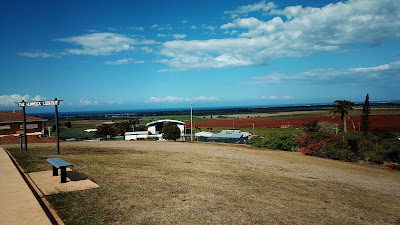
The Rise of Bundaberg: Cattle, Logging, and the Establishment of a Thriving Town
Posted by on
Before European colonization, the land surrounding the lower reaches of the Burnett River was characterized by two distinct environments: the Woongarra Scrub, a lush subtropical rainforest, and the Barolin Plains, a lightly timbered grassland along the coastal fringe. These areas were unsuitable for sheep farming; however, British settlers discovered that the land was well-suited for cattle ranching. In the early 1860s, the first cattle stations in the Bundaberg area were established, with Branyan on the south side and Tantitha on the north side of the Burnett River.
The logging industry also played a crucial role in the region's development. In 1867, timber companies, including one owned by William Pettigrew, began logging the Woongarra Scrub. The following year, Samuel Johnston erected a sawmill at Waterview, located on the north bank of the Burnett River. This sawmill quickly became a key supplier of timber for the area, sustaining the local economy until its closure in 1903 due to flood damage.
In 1867, timber-getters and farmers John and Gavin Steuart established the Woondooma property, which included a few houses and a wharf situated on the northern banks of the Burnett River, the site of modern Bundaberg North. The region's growth prompted an official survey in 1869 led by John Charlton Thompson, with assistance from James Ellwood and Alfred Dale Edwards. This survey culminated in the gazetting of the town of Bundaberg across the river on the higher, southern banks.
The first land sale for Bundaberg took place in Maryborough on May 11, 1870, marking a pivotal moment in the town's development. Notably, hotelier John Foley purchased the original lots, laying the foundation for what would become a vibrant and prosperous community.
As the timber and cattle industries flourished, Bundaberg began to evolve from a small settlement into a bustling town, driven by the economic opportunities provided by these sectors. The legacy of this era remains evident today in Bundaberg's agricultural and logging heritage, contributing to its identity as a key player in Queensland's regional economy.